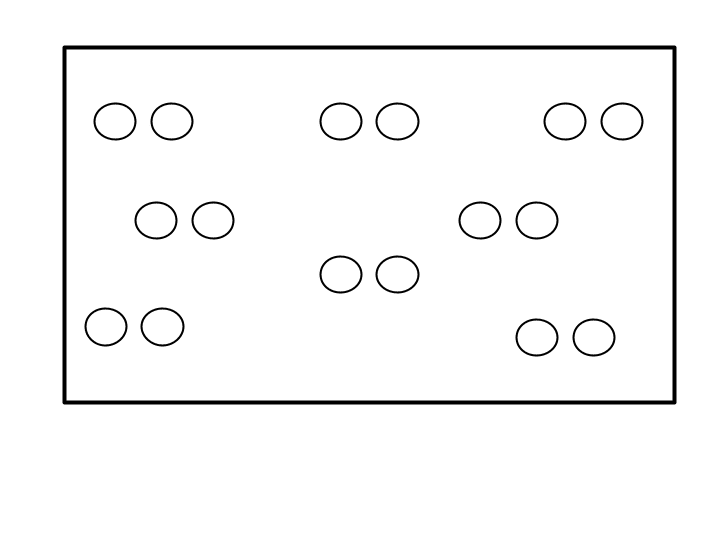গ্রুপ গঠন: ভাল, অসুবিধা, এবং কৌশল
 চেষ্টা করুন
চেষ্টা করুন
For students who feel vulnerable in the spotlight, try a low-focus formation like dispersed (e.g., “Pick a spot in the room”) or a circle (e.g., “You can even try facing outward!”).
 চেষ্টা করুন
চেষ্টা করুন
When you want to foster peer-to-peer collaboration and allow everyone to feel seen and heard, try small groups or partners.
 চেষ্টা করুন
চেষ্টা করুন
For residencies, test out a few formations in your early classes—including the placement of the adults in the room—to see how your students respond.
Circle/Semi-Circle
Students meet in a circle or semicircle formation either seated or standing.
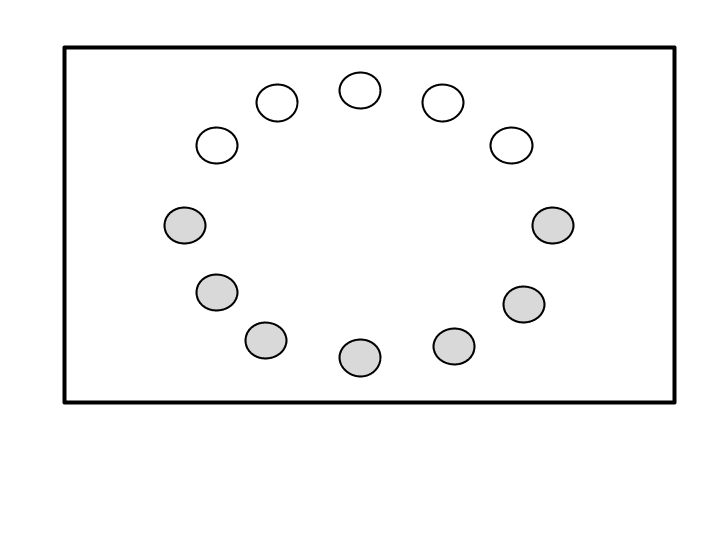
Dispersed
Dispersed activities refer to any formation in which students are scattered throughout the space. This can be static (i.e., every student finds their own spot in the space) or active (i.e., students move throughout the space).
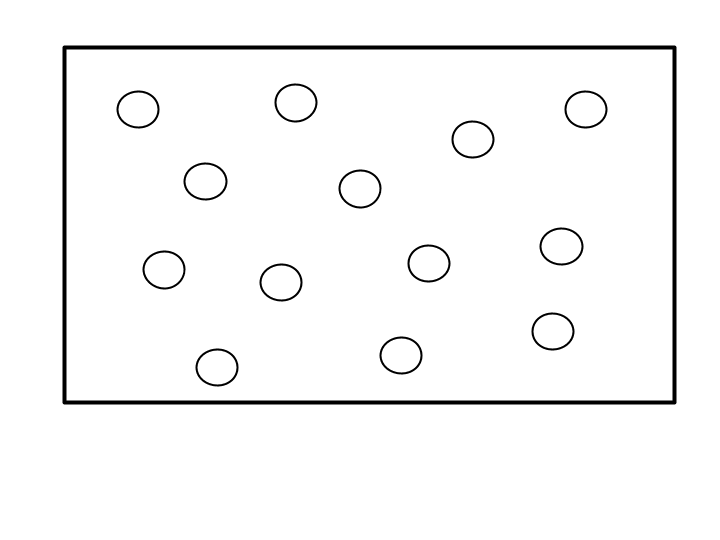
At Tables or Desks
Students explore an activity individually, or in small groups from their desk spots (depending on the current setup). Even during collaborative projects, independent work time can be useful.
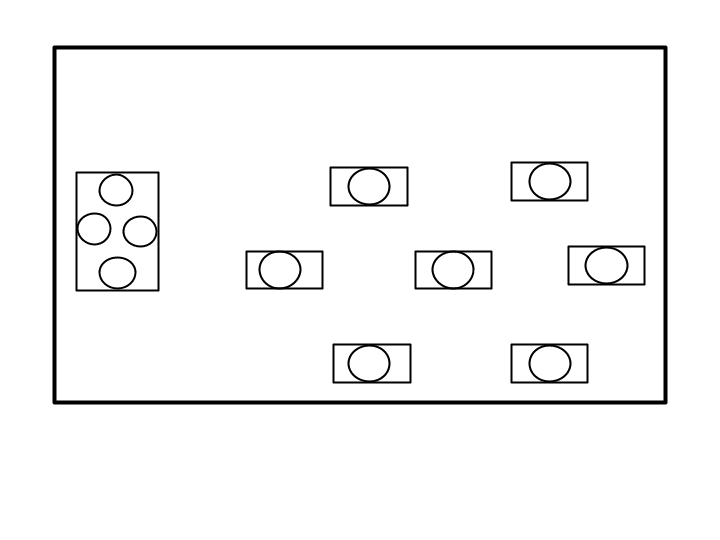
দর্শক/প্লেয়িং স্পেস
This refers to anytime students are seated in one position facing an open area. The open area can either be a playing/sharing space or a means to focus on facilitators who are instructing from the open area. A variation on this formation includes students seated in a semicircle, which merges some of the benefits of a circle formation with an audience/playing space.
Other variations for dance include dance lines facing one direction, or across-the-floor activities.
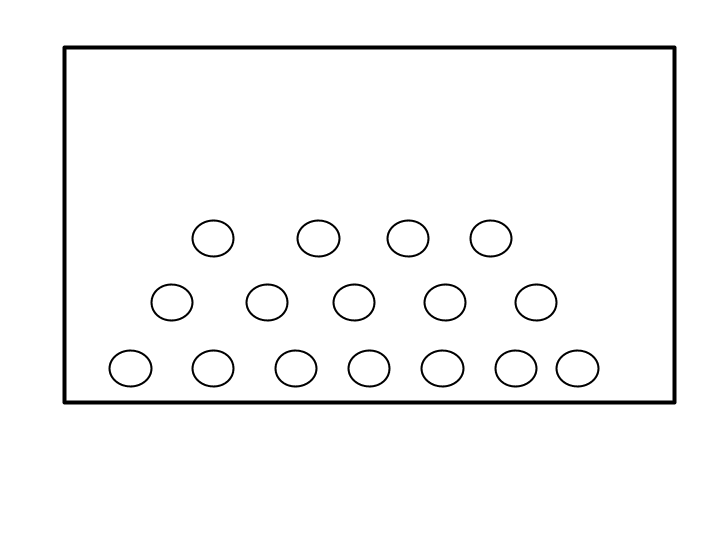
Small Groups
This formation is characterized by dividing small groups of students into different areas of the space. This can be adapted into a station format, where students remain in a small group but rotate throughout the room to interact with different prompts or assignments. This formation is often helpful in times of devising or group-making.
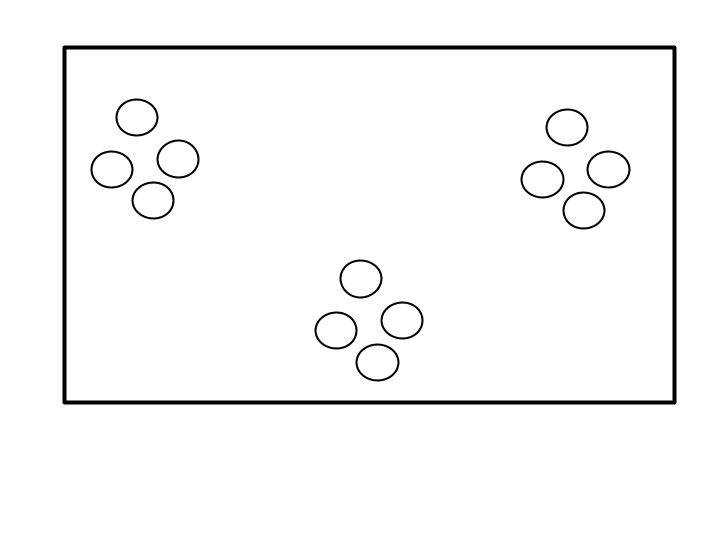
অংশীদারদের
This formation is characterized by giving students a single partner to work with. This can refer to moments when students have a partner and find their own space in the room, or when students are in two lines facing one another.
